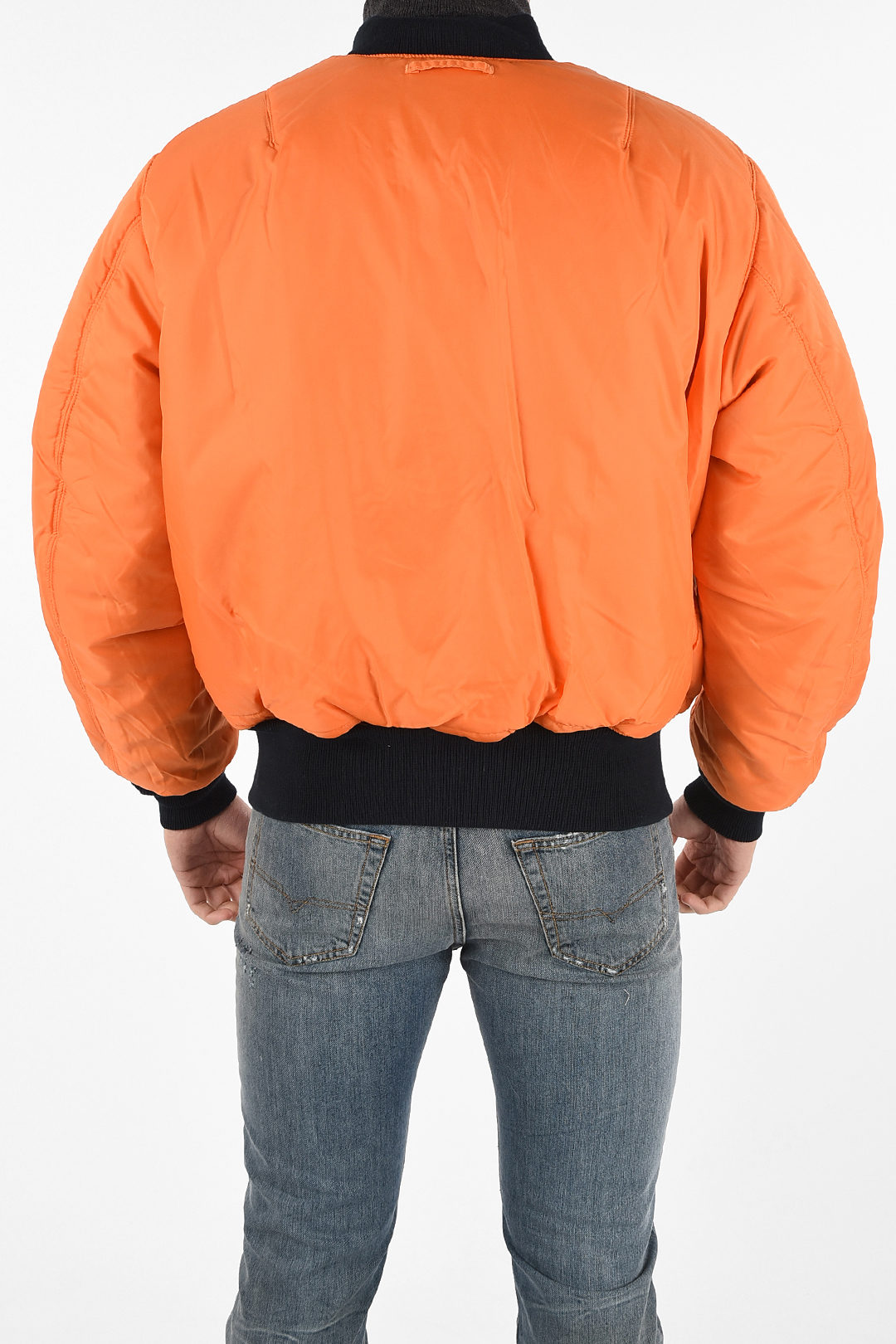

The material selected for the jacket was high quality nylon. To meet these needs, a new type of flight jacket was developed. Rather than bulky leather, a sleek, lightweight yet warm jacket was needed for the new jet technology. Speedy, unimpeded access to and from cockpits became even more critical for safety. Cockpits were cramped and filled with new equipment.

Also, the new jets were more streamlined in design. If the heavy, bulky leather flight jackets became wet from rain (when the pilot walked to his aircraft) or from perspiration, the water would freeze at high altitudes, making the jackets cold and uncomfortable. However, the new jets could fly at much higher altitudes and in much colder temperatures than propeller aircraft. Prior to the invention of jet aircraft, fleece-lined leather military jackets were issued to flight personnel. The MA-1 and its predecessor, the B-15 Flight Jacket, were needed at that time because the emergence of the jet age created new requirements for pilot performance, safety and comfort.


 0 kommentar(er)
0 kommentar(er)
